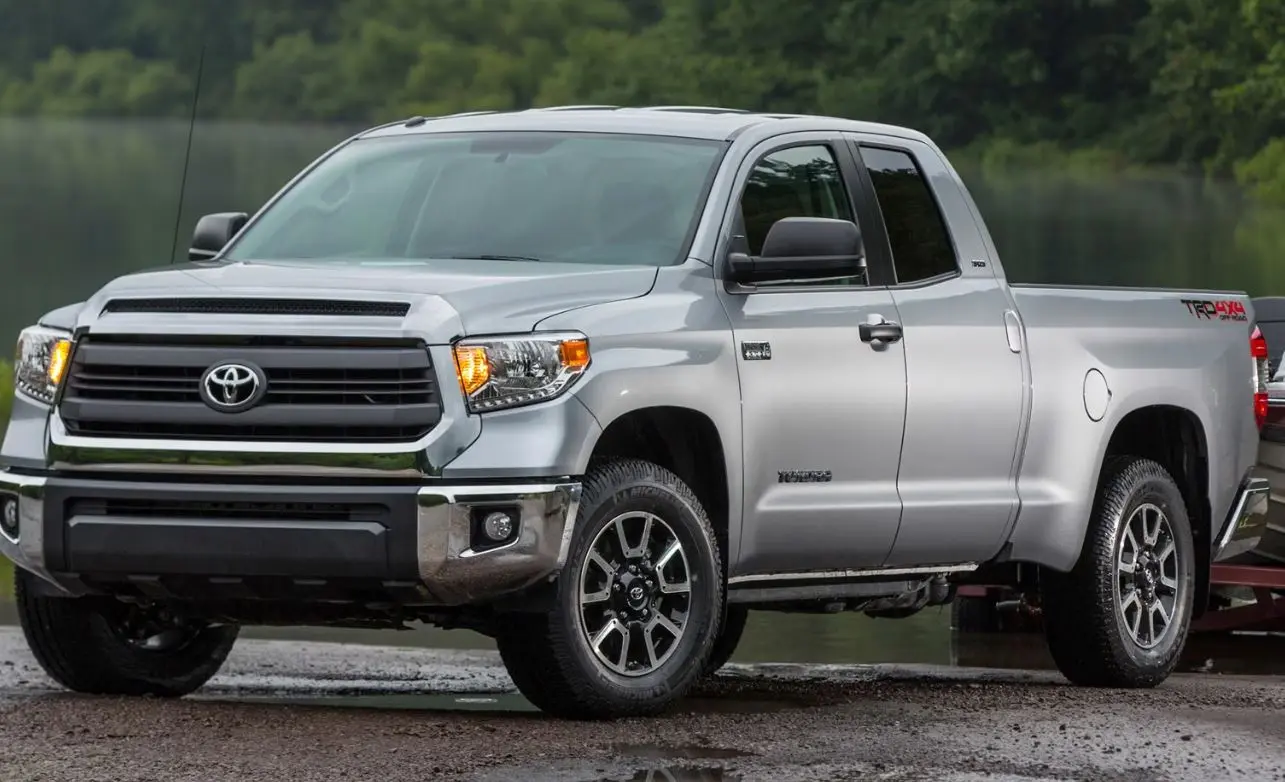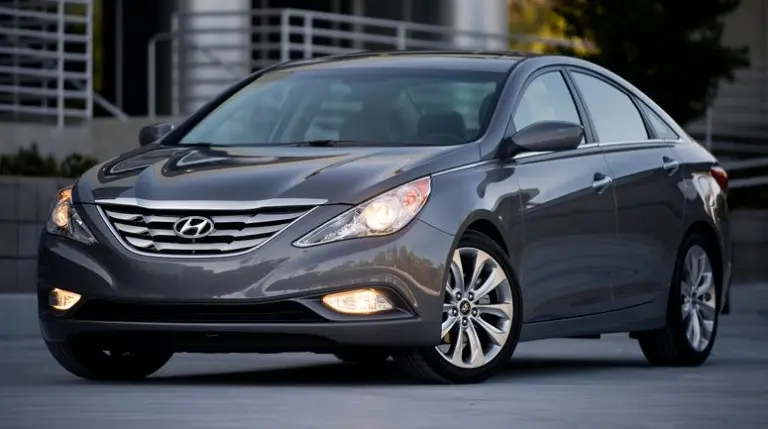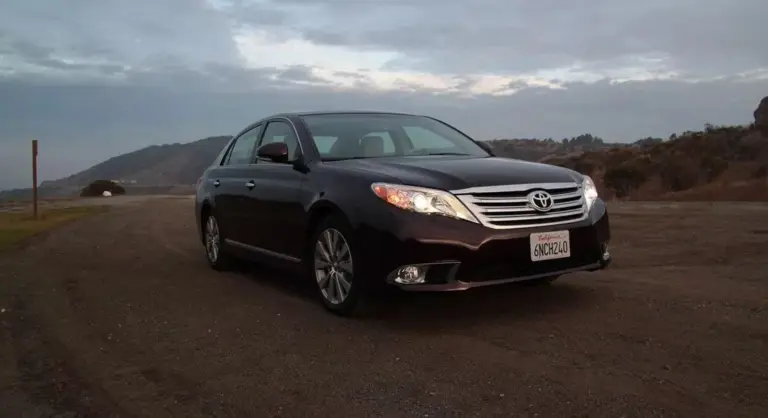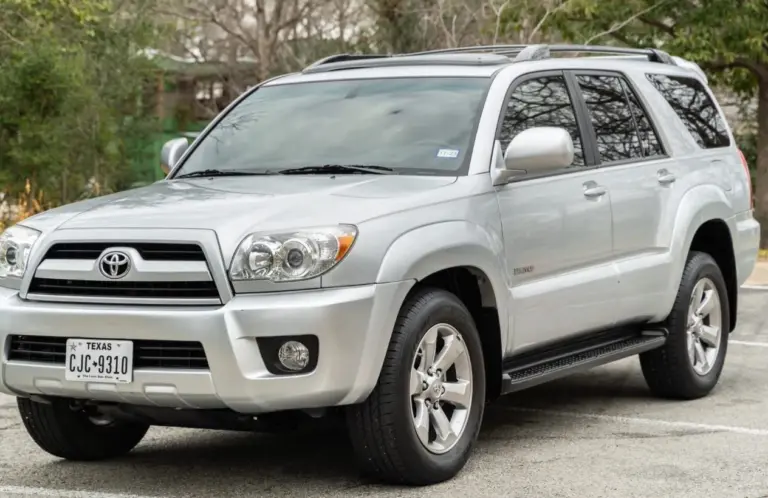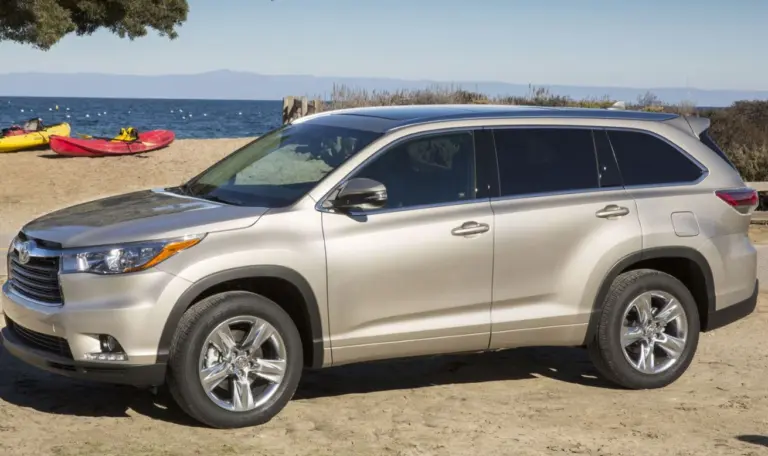Toyota Tundra Years to Avoid (Updated)
The Toyota Tundra has been a popular full-size pickup truck since its introduction in 1999. Known for its reliability and durability, the Tundra has garnered a loyal following among truck enthusiasts.
However, like any vehicle, certain model years have had their share of issues. If you’re in the market for a used Toyota Tundra, it’s crucial to know which years to avoid and why. Let’s take a closer look at the Toyota Tundra years to avoid and the common problems associated with them.
Toyota Tundra Years to Avoid
When considering a used Toyota Tundra, it’s essential to be aware of the model years that have had the most reported issues. Here’s a comprehensive table outlining the Toyota Tundra years to avoid and their associated problems:
| Model Year | Common Issues |
|---|---|
| 2007 | Secondary air injection pump failure, drivetrain vibrations, frame rust |
| 2008 | Power steering fluid leaks, seat heater wiring malfunctions, electrical system glitches |
| 2012 | Cam tower seal leaks, drivetrain vibrations, electrical failures |
| 2015 | Premature brake wear, electronic failures, drivetrain vibrations |
| 2020-2021 | Air conditioning and heater system issues, premature brake wear |
2007 Toyota Tundra
The 2007 model year marked the beginning of the second generation Tundra. While it introduced improvements in towing capacity and a new 5.7L V8 engine, it also came with significant problems. The most notable issue was the failure of the secondary air injection pump system, which could cause the engine to enter limp mode. This problem often resulted in reduced power and expensive repairs, with costs reaching up to $2,000.
Additionally, frame rust became a prevalent concern, especially for vehicles exposed to road salt. Drivers also reported annoying vibrations at highway speeds due to drivetrain imbalances. These issues combined to make the 2007 Tundra a frustrating year for many owners.
2008 Toyota Tundra
The 2008 model year continued to face some of the problems from the previous year while introducing new ones. Power steering fluid leaks were a common complaint, leading to potential safety hazards if left unaddressed. Seat heater wiring malfunctions caused discomfort for drivers in colder climates, and various electrical system glitches added to the list of frustrations.
While not as problematic as the 2007 model, the 2008 Tundra still had enough issues to warrant caution for used truck buyers.
2012 Toyota Tundra
The 2012 Tundra faced its own set of challenges. One of the most common issues was leaking cam tower seals, which caused oil to drip onto the engine or exhaust components. This not only created a mess but also posed a potential fire hazard. Drivetrain vibrations continued to plague some owners, often traced to imbalances in the driveshaft or weak motor mounts.
Electrical issues, such as malfunctioning power windows and dashboard lights, further added to the list of problems. The combination of these issues makes the 2012 model year one to approach with caution when shopping for a used Tundra.
2015 Toyota Tundra
The 2015 Tundra saw a spike in complaints about premature brake wear. Many drivers reported that rotors and pads needed frequent replacement, often well before expected intervals. This led to increased maintenance costs and potential safety concerns.
Electronic failures, particularly with the infotainment and navigation systems, frustrated owners. Screens freezing or rebooting unexpectedly became a common complaint. Drivetrain vibrations at highway speeds continued to be an issue for some owners, stemming from alignment or balance problems.
2020-2021 Toyota Tundra
While the later models of the second generation Tundra generally saw improvements, the 2020 and 2021 model years still had their share of issues. Air conditioning and heater system problems were reported by some owners, affecting comfort during extreme weather conditions. Premature brake wear continued to be a concern for these model years as well.
It’s worth noting that these newer models have had less time on the road, so long-term reliability data is still being collected. However, the reported issues are worth considering when looking at these model years.
Common Problems Across these Model Years
While each model year had its specific issues, some problems were more prevalent across multiple years of the Toyota Tundra. Understanding these common issues can help you make a more informed decision when considering a used Tundra:
- Frame Rust: This was a persistent issue, especially in earlier second-generation models. Vehicles exposed to road salt were particularly susceptible.
- Drivetrain Vibrations: Many owners reported vibrations at highway speeds, often due to driveshaft imbalances or weak motor mounts.
- Air Injection Pump Failures: This problem was particularly common in the 5.7L V8 engine, causing the vehicle to enter limp mode and requiring expensive repairs.
- Premature Brake Wear: Several model years saw complaints about brake components wearing out faster than expected.
- Electrical Issues: Problems ranged from malfunctioning power windows to glitchy infotainment systems.
When considering a used Toyota Tundra, it’s crucial to have a professional mechanic inspect the vehicle, paying special attention to these common problem areas. This can help you avoid purchasing a truck with potentially expensive issues.
Frequently Asked Questions (F.A.Q)
Q1. Which Toyota Tundra years are considered the most reliable?
While we’ve focused on the years to avoid, it’s worth noting that many Tundra model years have excellent reliability ratings. The 2013, 2014, and 2021 model years are often cited as some of the most reliable. These years benefited from improvements made to earlier models and generally have fewer reported issues.
Q2. How can I check if a used Toyota Tundra has been affected by recalls?
You can check for recalls on a specific vehicle by entering its Vehicle Identification Number (VIN) on the National Highway Traffic Safety Administration (NHTSA) website. Toyota’s official website also provides a tool to check for recalls by VIN.
Q3. Are there any advantages to buying a Toyota Tundra from the years listed to avoid?
While these model years have known issues, they may be available at lower prices due to their reputation. If you’re willing to address potential problems and can find a well-maintained example, you might get a good deal. However, it’s crucial to have a thorough inspection done before purchase.
Q4. How does the reliability of Toyota Tundra compare to other full-size pickup trucks?
Despite the issues in certain model years, the Toyota Tundra generally ranks well in reliability compared to other full-size pickup trucks. It often scores higher than domestic competitors in long-term dependability studies.
Q5. What should I look for when inspecting a used Toyota Tundra?
When inspecting a used Tundra, pay close attention to signs of frame rust, especially in older models. Check for smooth operation of the transmission, listen for any unusual engine noises, and test all electronic features. It’s also wise to have a professional mechanic perform a thorough inspection before purchase.
Wrapping Up
While the Toyota Tundra is generally known for its reliability, certain model years have had their share of issues. By being aware of the Toyota Tundra years to avoid and the common problems associated with them, you can make a more informed decision when shopping for a used truck. Remember, a thorough inspection and vehicle history report are crucial steps in ensuring you get a dependable vehicle, regardless of the model year.

